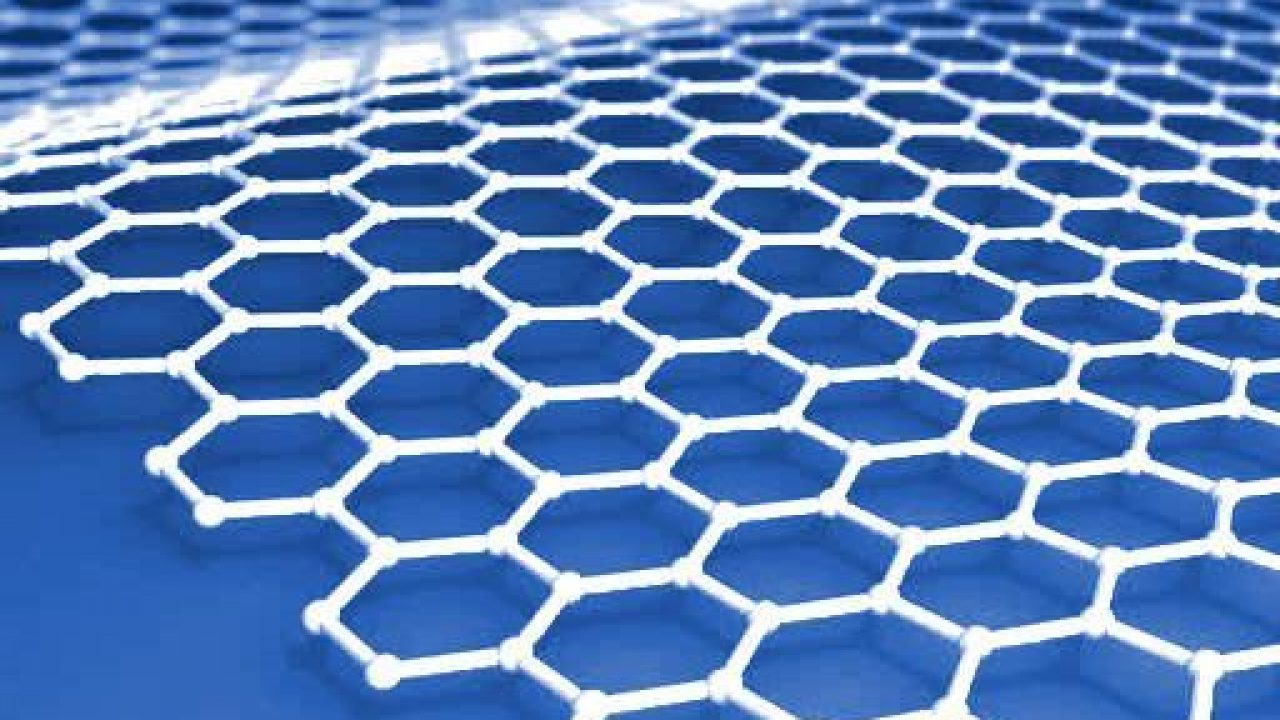MoS2 QC helps commercialise smaller devices
Article By : Oxford Instruments

Oxford Instruments, with the help of a non-destructive quality control method from UK's NPL, is commercialising MoS2 wafer-scale fabrication technology for smarter and smaller devices.
Miniaturisation is still popular. The demand to make electronics, such as smartphones, Internet of Things devices and wearables, smaller is still gaining traction. However, the industry is reaching the scaling limit for traditional silicon materials. Two-dimensional (2D) materials have attracted significant interest because of their electrical and mechanical properties, as well as its atomically-thin dimensions.
While graphene was the first 2D material to be studied in detail, there is now also a focus on other 2D materials with diverse properties and new applications. Among these, single-layer molybdenum disulphide (MoS2), a semiconducting 2D material, is generating a lot of interest due to its technologically exploitable electronic and optical properties that could pave the way for the next generation of electronics and optoelectronics devices.
To commercialise electronic devices made of 2D materials, the industry faces a challenge of carrying out quality control checks without destroying or damaging the material. As a single-layer of a 2D material is only a single atom or molecule thick, assessing their quality so far has only been possible using destructive techniques. Defects are expected to critically impact the performance of MoS2-based electronic devices, so the ability to investigate and quantify the number of defects without causing damage is crucial for enabling large-scale manufacture of the material, device fabrication and material functionalisation.
Oxford Instruments looked to develop a new deposition system and process that could produce MoS2 in a more industrially-scalable manner to help further the commercialisation of MoS2. The team of researchers were in need of a suitable quality control approach, and turned to the research from the National Graphene Metrology Centre (NGMC) at UK's National Physical Laboratory (NPL).
"We were investigating the use of Raman spectroscopy for characterising MoS2 and found that it is a viable high-throughput and non-destructive technique for quantifying defects in this exciting 2D material," recalls Dr Andrew Pollard, Senior Research Scientist at NPL. "Importantly for this study we could controllably introduce known defects into MoS2 as a first step, using a technique from our previous work in graphene."
Dr Ravi Sundaram, Senior Scientist at Oxford Instruments, said, "We were able to use NPL's industrially-focused research as a framework for developing our own quality control measure that uses Raman spectroscopy to quantify defects in MoS2 produced using chemical vapour deposition. While such techniques are widely used for graphene, there was no established way of checking the quality of MoS2 in a non-destructive manner before NPL's work was published. Being able to measure the quality of the material enables us to optimise the growth process. This ensures we are able to provide very high quality, low defect density MoS2 films from our tools."
NPL's work on MoS2 provided Oxford Instruments with the methodology they needed to develop their own quality control process, which characterises the 2D MoS2 layers without having a destructive impact on the material's structure. This enables the team to efficiently characterise the MoS2 produced via an industrially scalable technology, helping to accelerate the commercialisation of 2D materials.
"We have both academic and industry customers, who are looking for efficient production and characterisation of these novel materials," Ravi said. "MoS2 is a promising material for electronics, and quite a few industries are interested in it. Being able to manufacture it efficiently is vital to making the material commercially viable and attractive, and this technique has helped us offer a high quality and competitive product to our customers."
MoS2 shows promise in both electronics and optoelectronics. Its inherently thin atomic structure not only offers several advantages in scaling down traditional electronics but also opens up the possibility of adding further functional elements on a chip for applications such as sensors. In addition, its semiconducting electronic structure renders it very interesting for optical applications, such as photovoltaics and light emission. As such, upscaling the production of MoS2 and assessing its quality using non-destructive approaches offers vast benefits not only to manufacturers, but also to the industry as a whole.
Subscribe to Newsletter
Test Qr code text s ss


